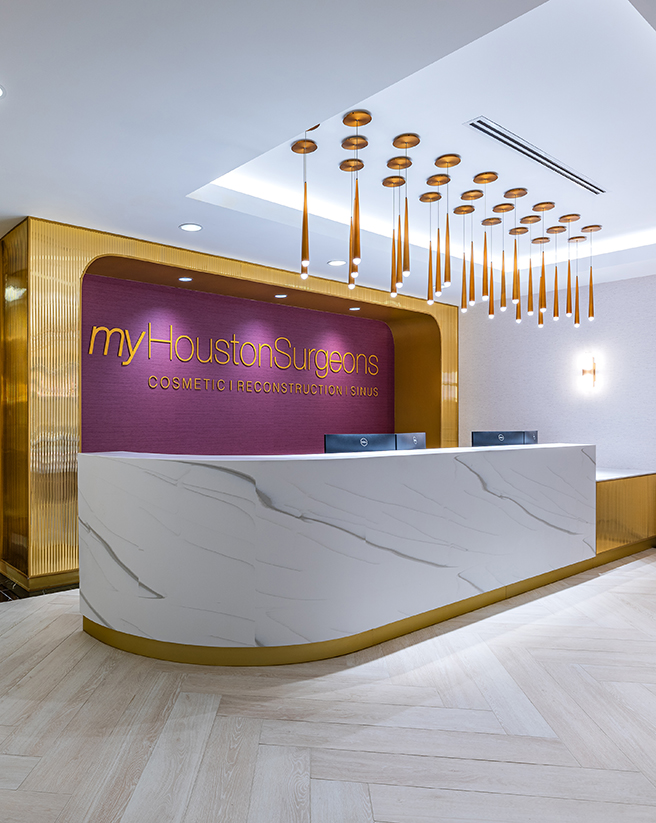
Otoplasty, also known as ear pinning, is a surgical procedure aimed to improve the shape, position or proportion of the ear. This cosmetic surgery is extremely popular among adults and children alike. The two types of otoplasty–traditional and reconstructive–offer visible results in the overall appearance of the ears. Traditional, also known as ear pinning, consists of large or protruding ears that are pinned back towards the patient’s head. The other is Reconstructive, which helps those with severe birth defects or those that have experienced trauma reconstruct their ears on a case by case basis.



